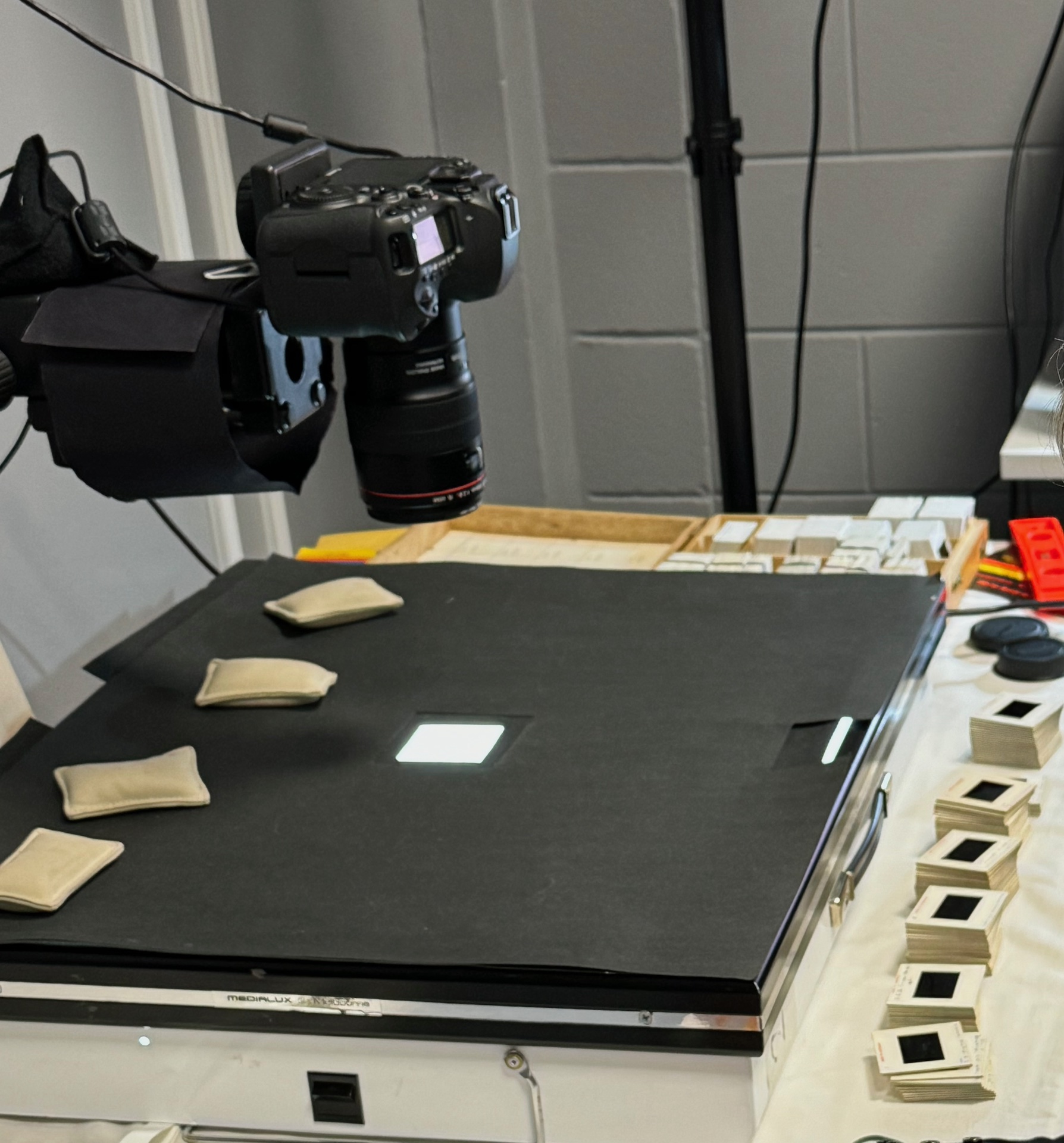Message from the Chair
The Northern Territory Education Mob engages in work to help grow a Digital Keeping Place which gathers and strengthens knowledge about the efforts of educators, education spaces and curricula in one place. The content of the Digital Keeping Place shares the richness and diversity of Aboriginal Education in the NT, community by community, program by program, person by person. It is a space where we can reflect upon the otherwise invisible or unknown patterns of the past.
Since 2012, a core group of volunteers have donated their time, knowledge and networks to the growing of the Digital Keeping Place. The Digital Keeping Place brings together multiple resources, some with competing and conflicting perspectives. As such, it belongs to all those involved in the education of Aboriginal Territorians. The collection can be added to and changed at any time.
Making records from the past available to those who currently work in the education contexts creates the opportunity to know the people, policies, events and activities that have shaped the present. These records, and the stories they bring to life, provide us with a sense of belonging to something bigger than ourselves and the present. They help us better know the past, discover new ideas, and perhaps reshape future education efforts. Lessons from past times can be shared, relived, reshaped and renewed.
Don Christophersen
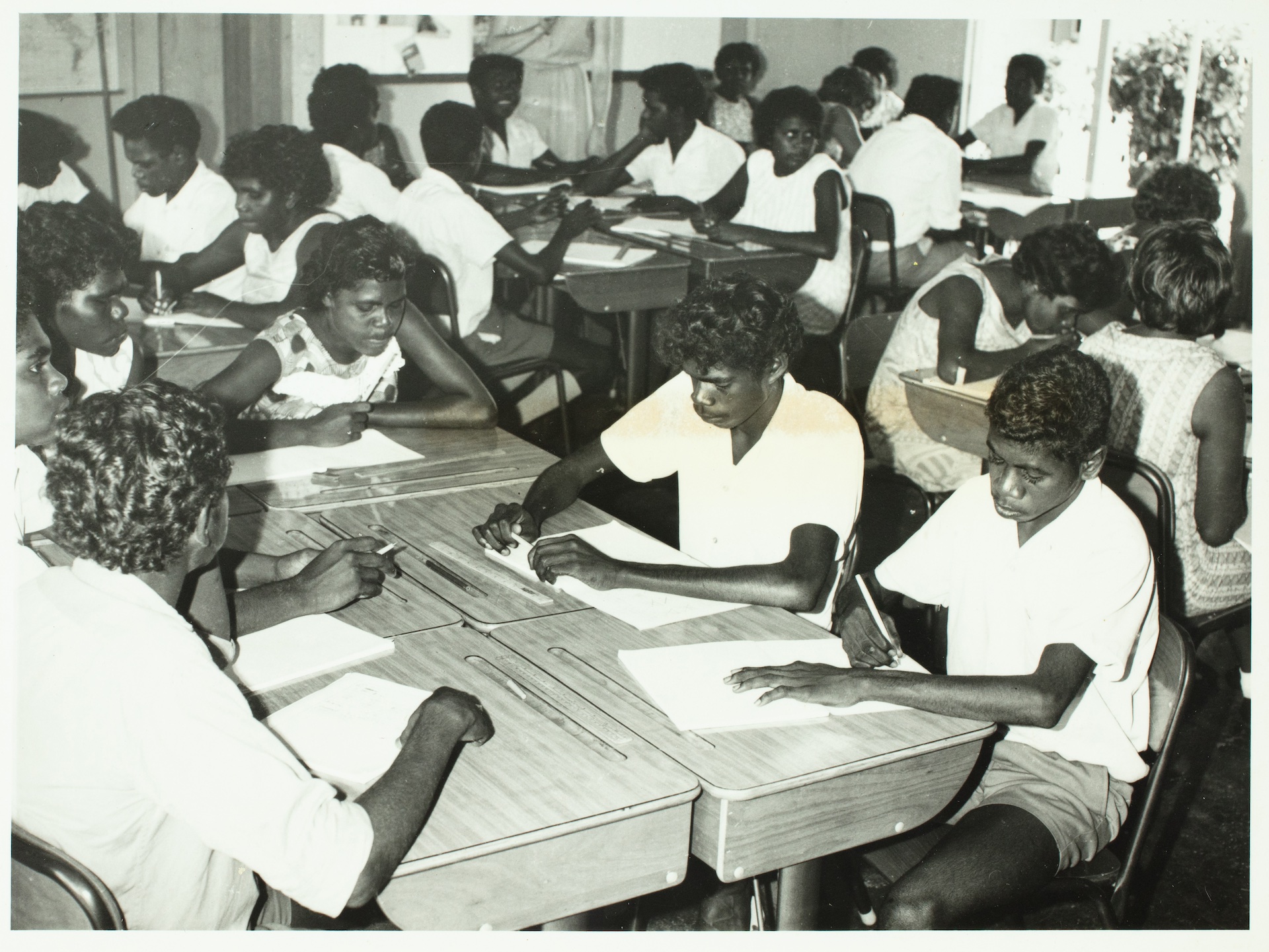
-
Mission
Grow a sustainable multi-media Digitial Keeping Place which enriches Aboriginal education contexts across the Northern Territory.
-
Vision
Know the past, to better understand the present, and inform a shared future.
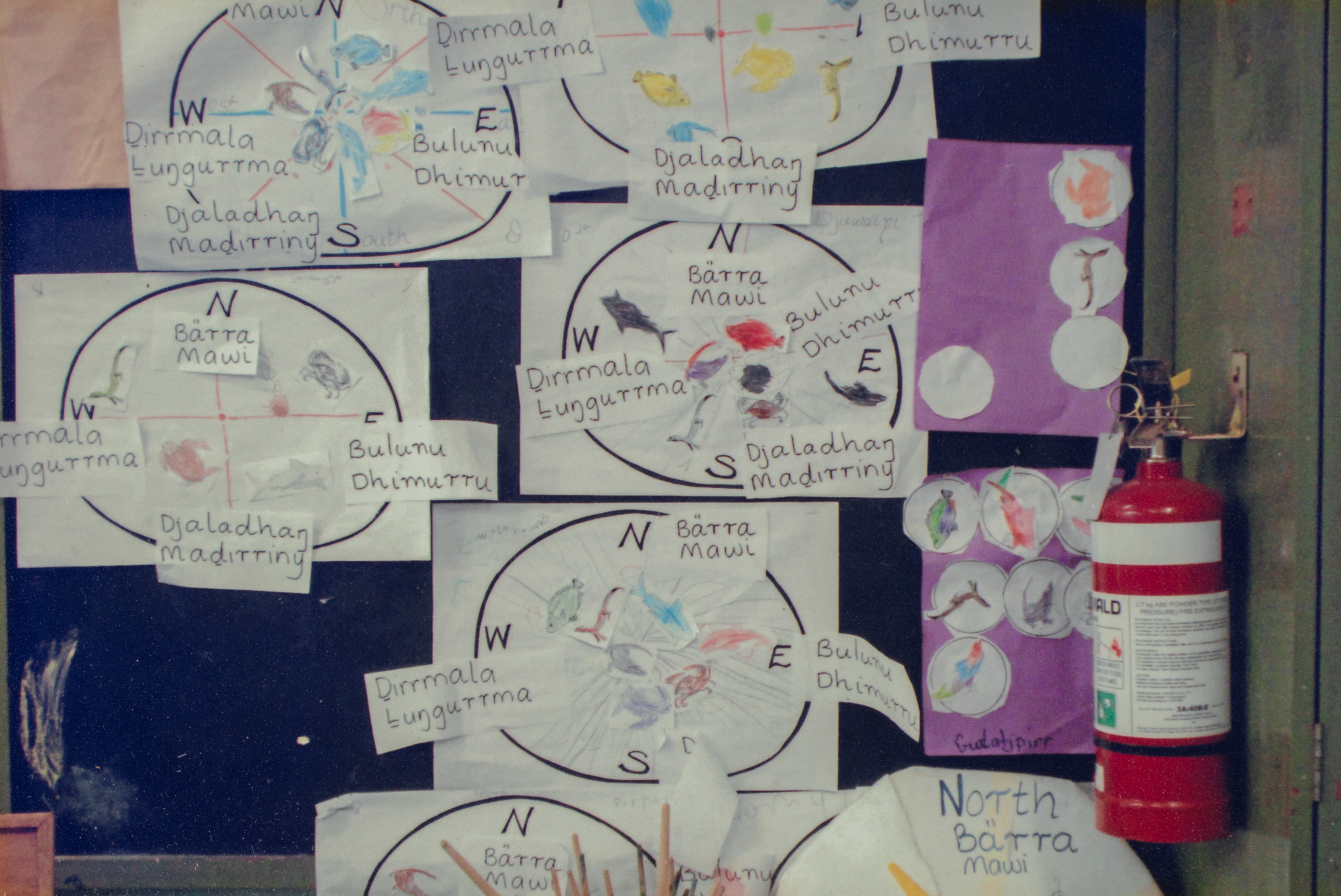
-
Our Values
Trustworthy, Respectful, Collaborative, Connected, Sustainable
-
Our Priorities
Digitising donated and sourced records
Facilitating digital returns
Partnering with others
Strengthening governance
Assisting school and community celebrations
Enhancing digital engagement
Our Strategy
The Northern Territory Education Mob will continue to acquire, manage, develop and use a variety of means to make accessible education-related digital records for and about Northern Territory educators, education institutions, education programmes, communities, relevant bodies and the wider community.
This Strategic Plan provides a clear, coordinated and prioritised focus and direction for everyone involved for the next five years.
As an organisation, we are growing a digital keeping place:
- which connects past, present and future Aboriginal and Islander and other educators
- where records of the people, policies, programs, initiatives, achievements and struggles of the past can be accessed
- for research, collaboration, partnerships, connection and celebration to flourish
Governance
The Northern Territory Education Mob Inc is a registered association in the Northern Territory.
We are governed by a Management Committee with day to day decisions delegated to the Executive Committee and the Public Officer.
Read our constitution.
Our Executive
Chair Don Christophersen Image
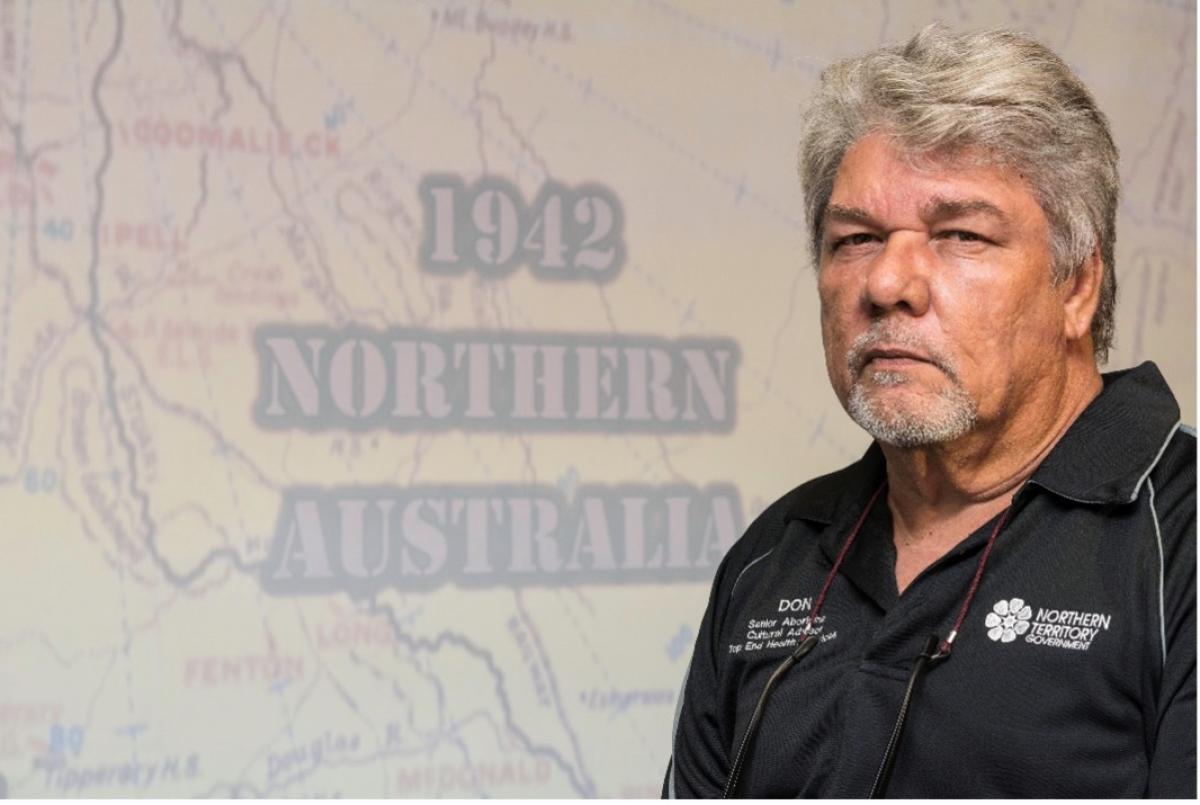
| Northern Territory Historical & Cultural Researcher, Current Employment, First Nations Education & Engagement, Library & Archives NT Our Chair, Don Christophersen is a Northern Territory Historical and Cultural researcher. Don is currently employed as First Nations Education & Engagement Officer at Library & Archives NT. Don also is keen on N.T. Historical, Cultural and First Nations Contemporary Society. His passion is the researching and telling of the history of the Northern Territory both from a First Nations and the NT mainstream perspective of history. Darwin local First Nations man, Don Christophersen has lived and worked all his life in the Northern Territory, he has family links in both Northwest Arnhem Land and in Kakadu National Park. Don has worked for many First Nation organisations as well as Government and tourism agencies in the Top End which has enabled him to travel to a majority of the N.T. communities and homelands. The time Don has spent working in the remote and urban areas of the N.T. has provided him with a wealth of experience and knowledge, which he is able to engage to First Nation communities and individuals across the NT. |
Vice-Chair Gwen Warmbirrirr Image
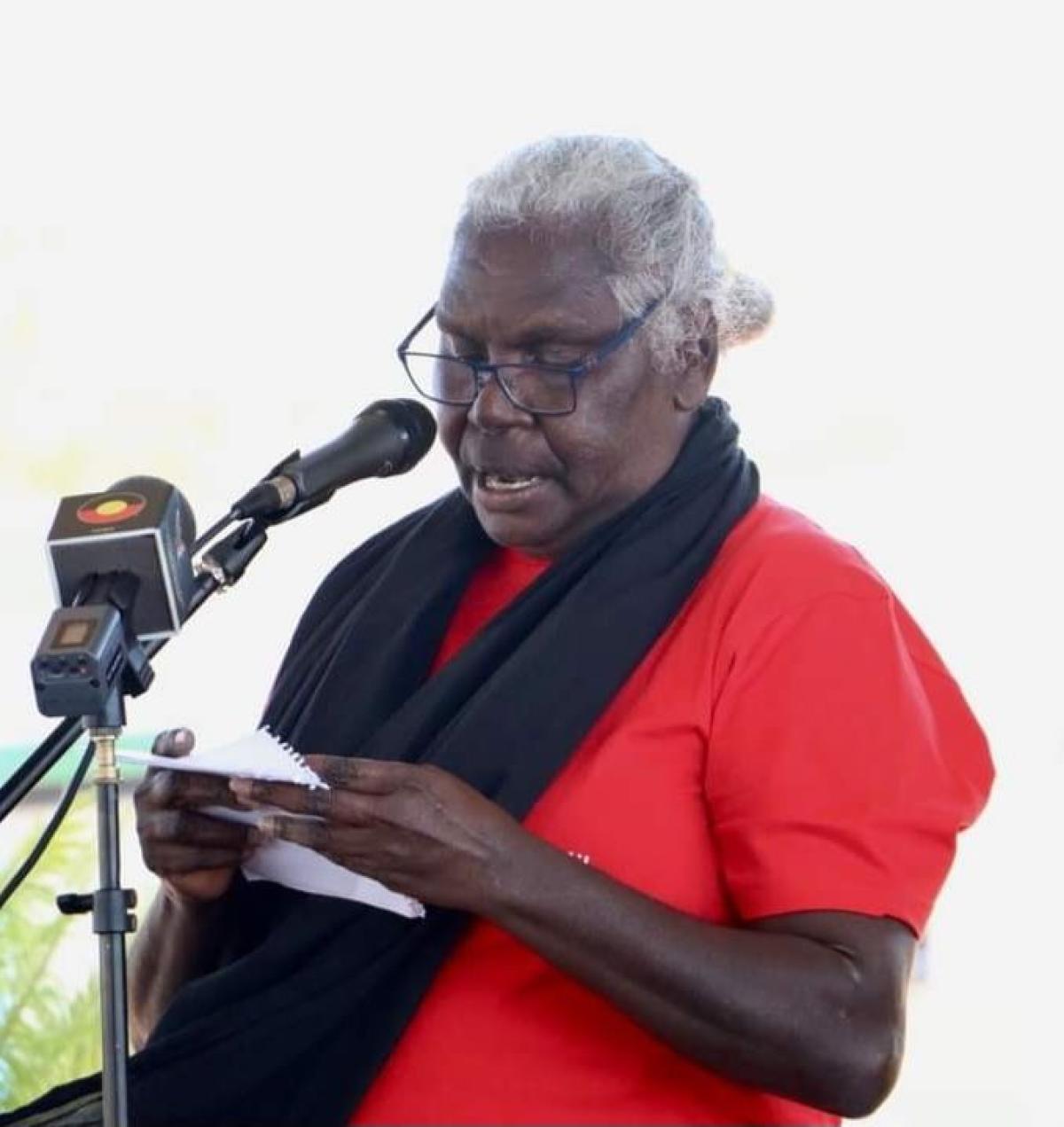
| Ŋaymil woman Gwen Warmbirrirr and was born and bred at Milingimbi during the mission era. She attended the mission school and at 17, commenced her teaching career as an Assistant Teacher. She gradually did all her teacher education qualifications and became a Yolŋu teacher working in the school at Milingimbi community. Warmbirrirr spent forty-five years working as a teacher at Milingimbi Yurrwi Community School retiring at the end of 2022. Whilst working as a teacher, she developed a strong interest in instructing children at all levels in reading and writing in both languages, Gupapuyŋu and English. She has kept her strong interest in working with children in various capacities, including schools, churches, and community based initiatives. She still provides support at the school when needed. She contributes to the Milingimbi Art/Cultural Centre by assisting with the cataloguing and archiving of historical photographs from the mission period. She recently completed a Media Studies course at Nungalinya and is also engaged in studying a Certificate 3 in Theology to acquire leadership skills for church-related roles. |
Secretary Ron Watt Image
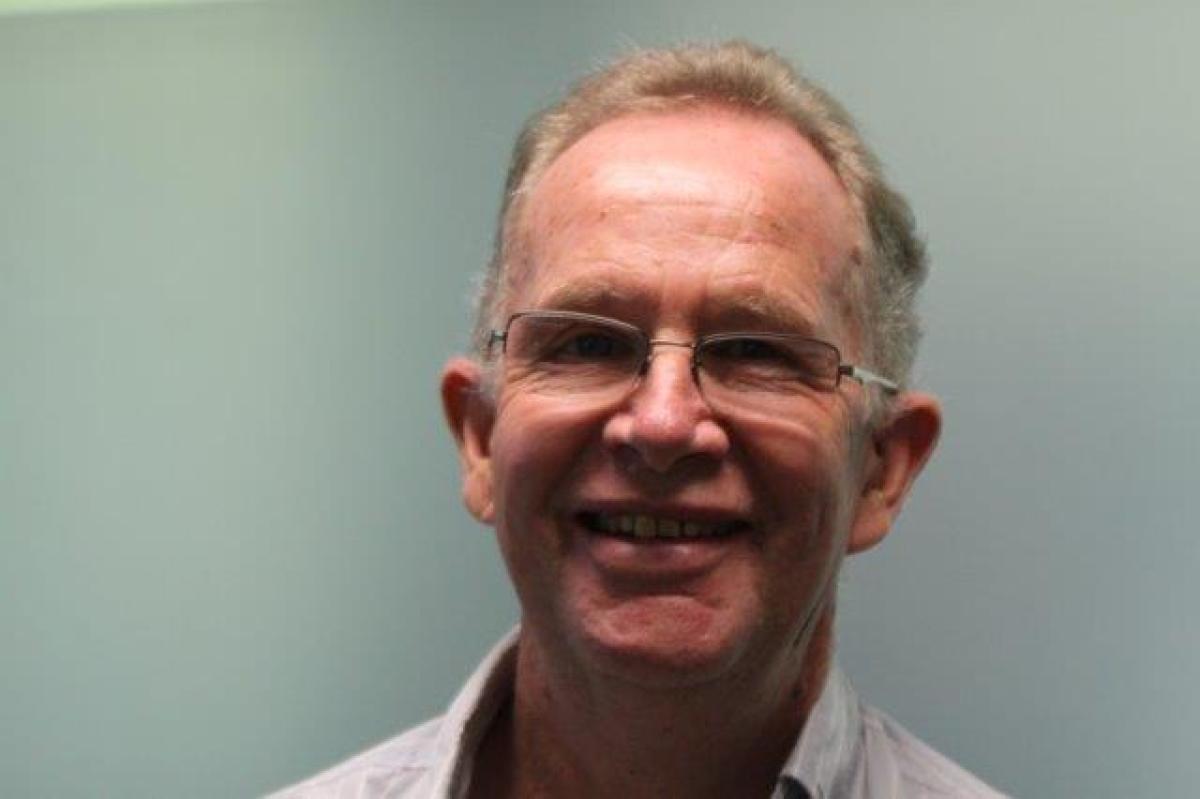
| Ron Watt has been involved in Indigenous education in the Northern Territory since 1973. He worked at the primary, secondary, and tertiary level, in remote and urban settings, including four years as the Assistant Principal and Acting Principal of Lajamanu School, a large bilingual school on the northern edge of the Tanami Desert. He worked for Batchelor Institute of Indigenous Tertiary Education in the School of Education from 1987 until 2002. He was Head of the School of Education from 1994 to January 2002. Since September 2002 Ron worked for CARE Cambodia as the Senior Education Advisor and Senior Researcher for the Highland Children’s Education Project (HCEP) in Ratanakiri, Cambodia. HCEP piloted the implementation of bilingual education in remote, ethnic minority / indigenous communities that had never had schools before. Ron designed and established the teacher training program for ethnic minority community teachers. He also led the curriculum development work that is necessary in the implementation of a bilingual / bicultural teaching and learning program in the project schools. From 2007 an increasing proportion of Ron’s work involved the capacity building of officials within the Cambodian Ministry of Education as they began the up-scaling of bilingual education into Ministry schools. In 2015 he facilitated a national workshop with Cambodian Ministry officials to develop their MENAP (Multilingual Education National Action Plan – a five year plan for upscaling multilingual education involving targets for student numbers, schools, curriculum development and training needs). |
Treasurer Kathy McMahon Image
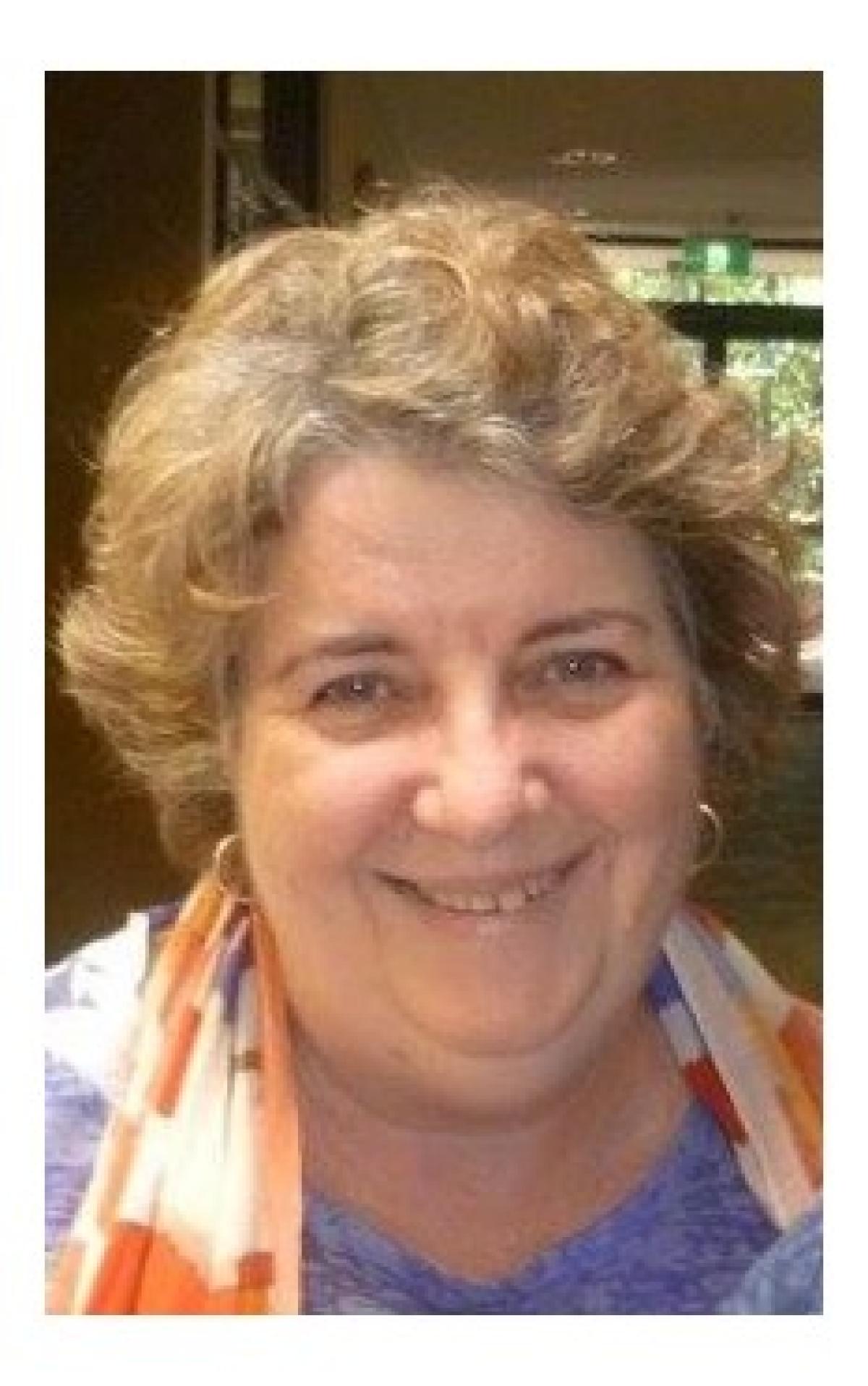
| Kathy worked from 1984 until 1990 as a teacher at Yirrkala Bilingual School. As a part of a community-based teacher education research program she was involved in the development of the Garma Maths Program, the inspiration of Dr M Yunupingu in collaboration with community elders and Deakin University staff, notably Dr Helen Verran. From 1990 until 1995 she was a lecturer at Batchelor College (now BIITE) across the Northern Territory in the Remote Area Teacher Education (RATE) program. In 1996 Kathy returned to Yirrkala as a school-based mentor for newly qualified Yolngu teachers. She was involved in the further development of the Garma Maths Curriculum and the Galtha Rom program , this time with strong support from Curriculum Consultants from the Northern Territory Education Department, Phil Rolfe and Debbie Scott (later Efthymiades). From 2000 - 2002 she worked in communities across the NT as the curriculum co-ordinator and writer of the Indigenous Languages and Culture (ILC) Learning section of the Northern Territory Curriculum Framework. From 2003 - 2005 Kathy worked in the Catholic Education sector as a mentor and curriculum co-ordinator for the five Catholic schools in ‘remote’ NT communities. This included two years teaching and teacher education work at St Francis Xavier Catholic School at Daly River. From 2006 - 2015 Kathy worked at Yirrkala, Yirrkala Homelands, Galiwin’ku and Mäpuru as an educational researcher and consultant. As a PhD student in an Australian Research Council Linkage project, Building Community Capital to Support Sustainable Numeracy Education in Remote Locations she worked with elders and educators at Galiwin’ku exploring an alternative approach to the teaching of western number using Djambarrpuyngu, the first language of most of the students at Shepherdson College. One of the outcomes of this research was the NT Education Department Mathematics program Talking Namba, developed by John Bradbury after the initial Building Community Capital research. In 2015 – 2018 Kathy took on the position of Manager for NT Bilingual Program. This position involved giving professional support to the last nine existing bilingual programs in the NT. From 2022 she worked as a tutor and a casual lecturer at Charles Darwin University, teaching Aboriginal and Torres Strait Islander Languages and Literacies, and was a key investigator in a CDU project exploring the possibilities of developing bothways Vocational and Training courses. Kathy believes that bothways education, which is underpinned by finding a balance between Western and Indigenous languages and knowledge systems, is the way to achieving a powerful successful education for all Australian students.
|
Public Officer & Executive Officer Sue Reaburn Image
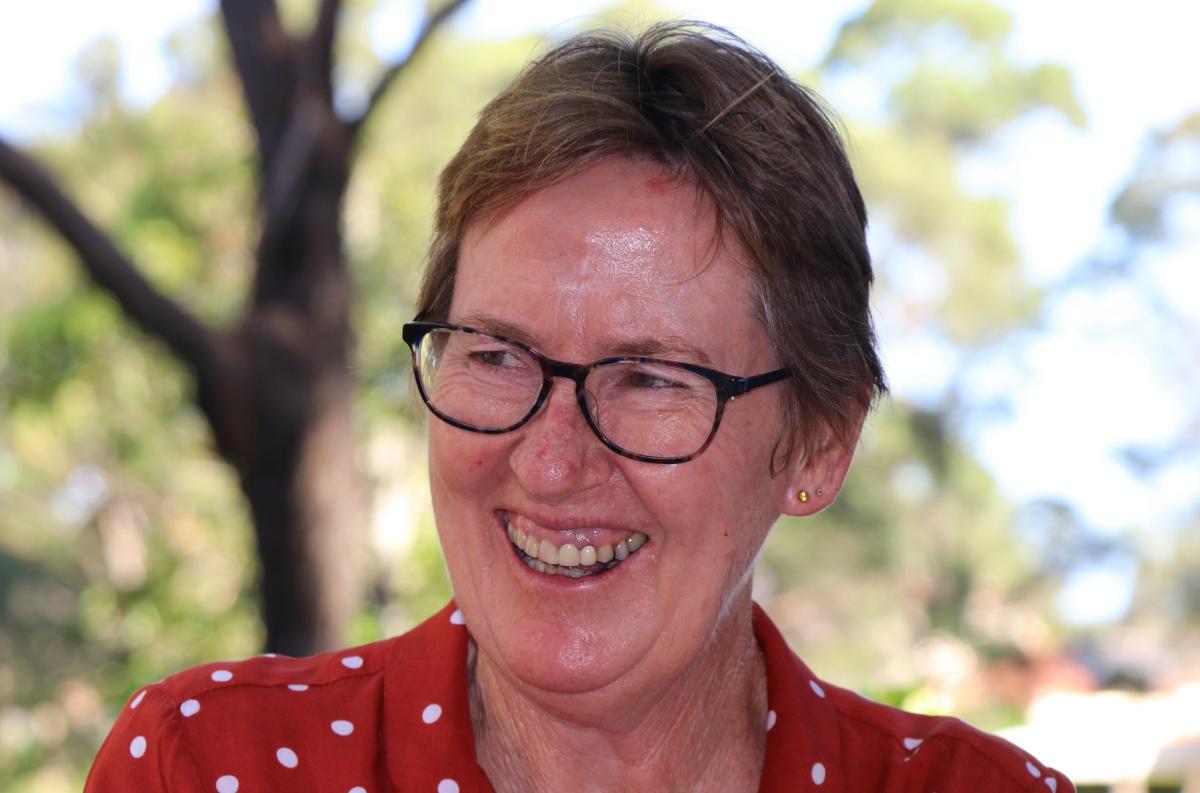
| Sue lived and worked remotely for about 15 years before heading to Darwin where for the rest of her working life she undertook a number of advisory roles in a variety of system-level, Territory wide programmes. Since retiring, Sue spends time locating, securing access, digitising, returning and then making new records from and about the people, places, programs and resources that are part of the fabric of the education of Aboriginal and Torres Strait Islander people in the Northern Territory and creating the Digital Keeping Place to make them available. Sue is the driving force behind the Northern Territory Education Mob. |
Our Logo
The original concept design for our logo is by former Assistant Teacher Elizabeth Ganygulpa from Milingimbi.
"The design shows the interconnections of generations, as in a ripple on water. People are dots and the lines the tracks where knowledge flows between the waterholes (stores of knowledge) they create."
Logo by Nicole Stark, Disparity Games, based on the original drawings by Elizabeth Ganygulpa.
Image
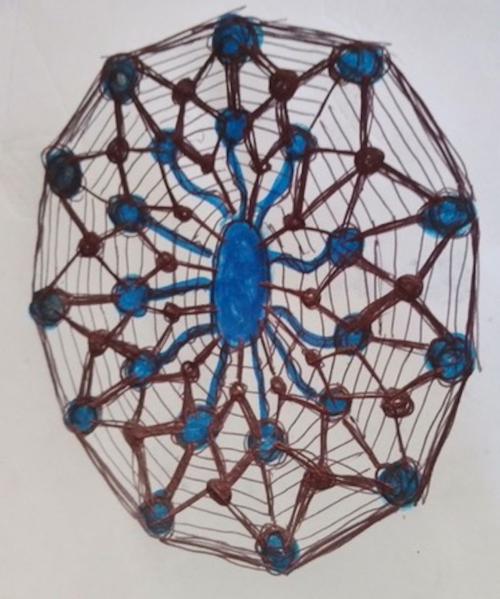
|
Find out more about what we do and how we work
What we do